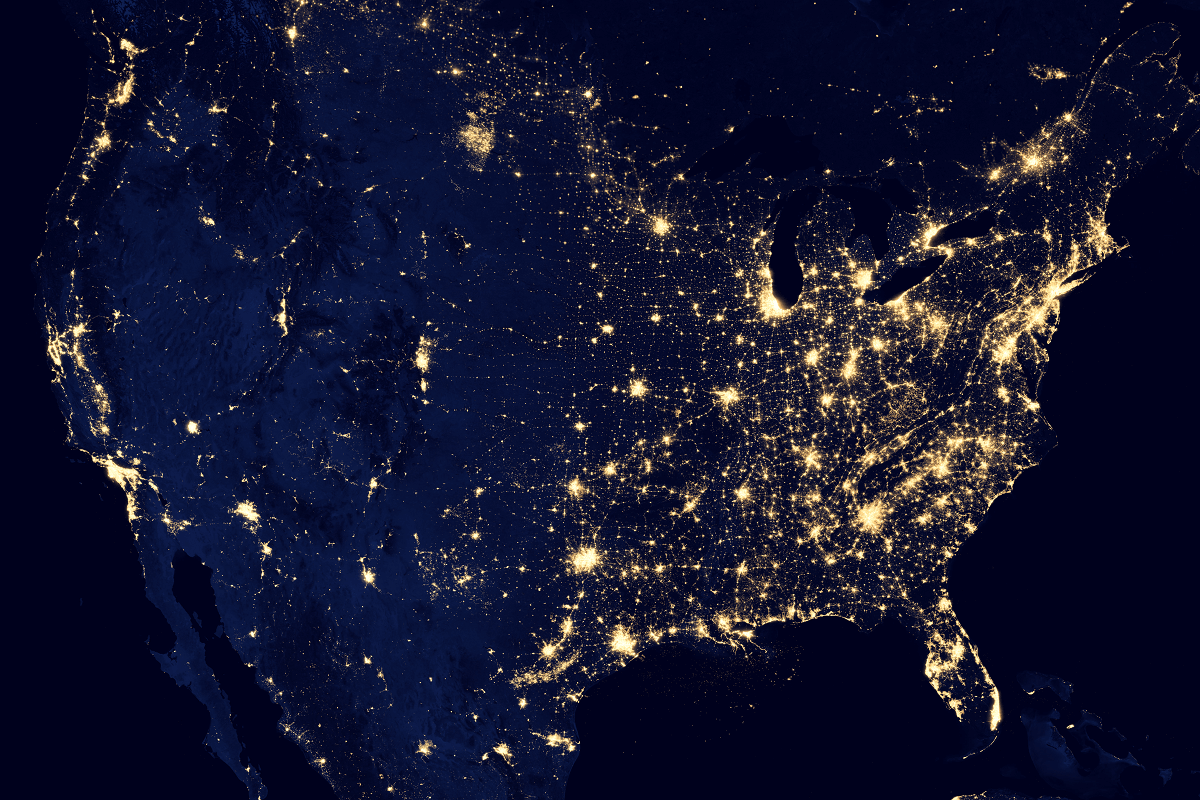
The West’s electrical grid is a 136,000-mile patchwork of transmission lines connecting two Canadian provinces, 11 Western states and pieces of three others, serving 80 million people.
While it drives a vital and growing piece of the U.S. economy, this fragile network remains vulnerable to increasingly extreme weather and wildfire risks, according to Masood Parvania, an associate professor of electrical and computing engineering at the University of Utah’s John and Marcia Price College of Engineering.
“These extreme weather events are not the way they used to be in the past. They are more frequent, so we get more of them, and they are more intense” said Parvania, who will co-lead the newly established U.S.-Canada Center on Climate-Resilient Western Interconnected Grid. “Heatwaves have become a normal part of our lives. They last longer and we record higher temperature every year.”
This new interdisciplinary center is aimed at fortifying the region’s power infrastructure against the floods, high winds, drought, even cold snaps that are also taking a heavier toll on the West’s energy systems. This vulnerability poses significant challenges to maintaining essential services, from health care to transportation and communication.
GCSC affiliated faculty who are co-principal investigators for this interdisciplinary effort include Parvania, William Anderegg, School of Biological Sciences and director of the Wilkes Center for Climate Science and Policy, and Divya Chandrasekhar, associate professor in the Department of City and Metropolitan Planning.
The quote above is an excerpt. Read the full story in At the U.
